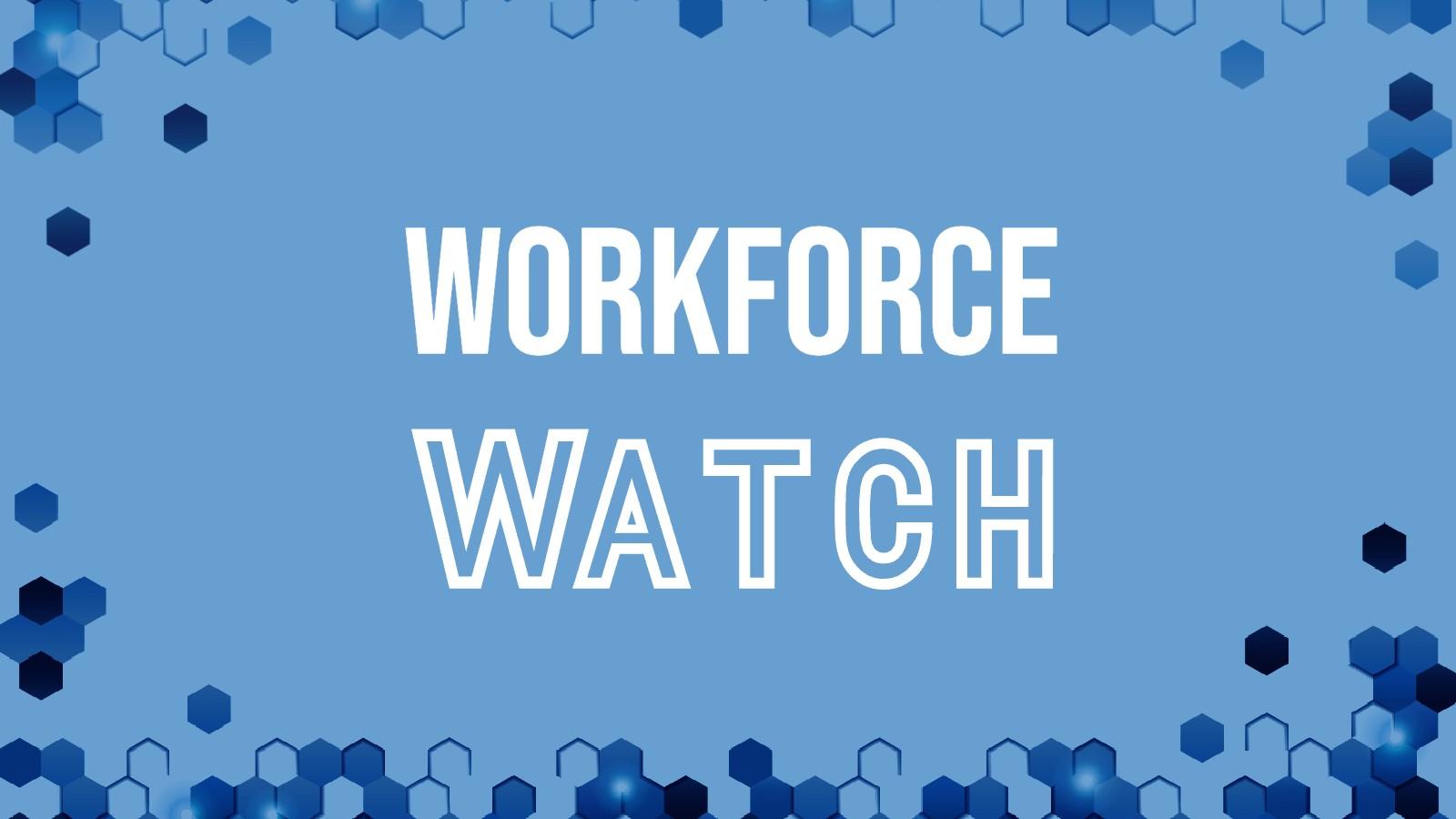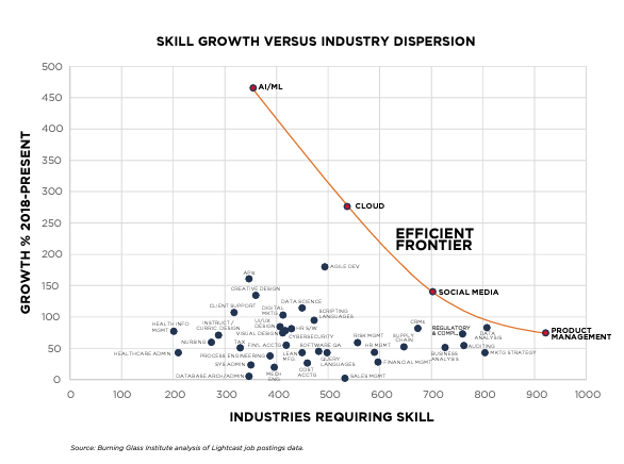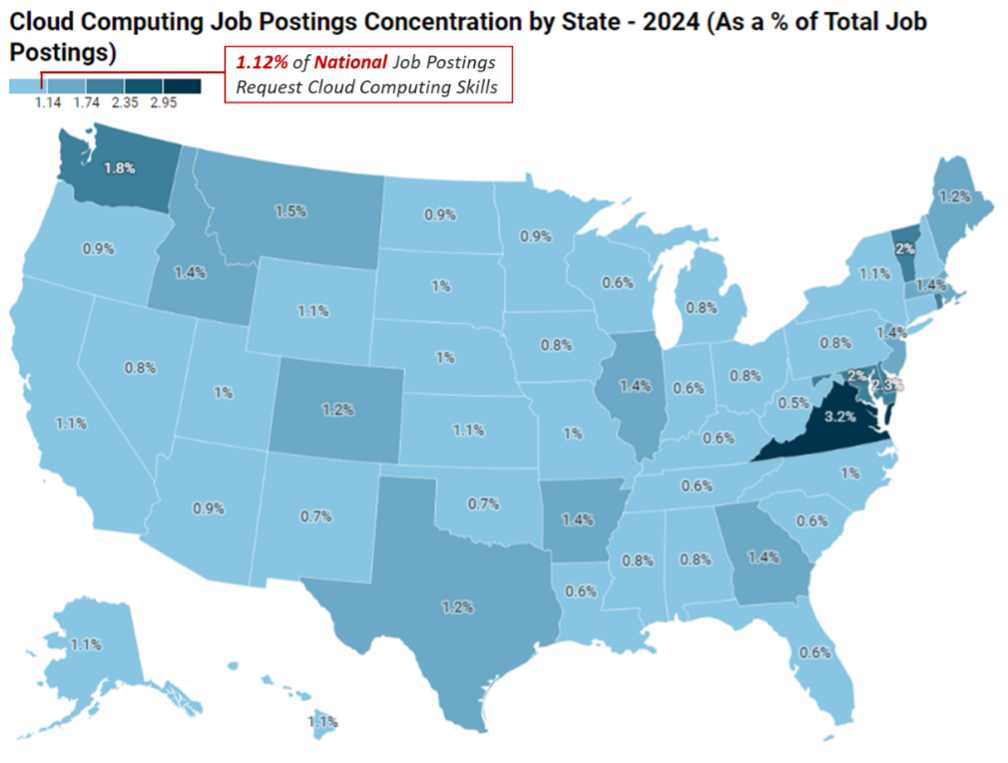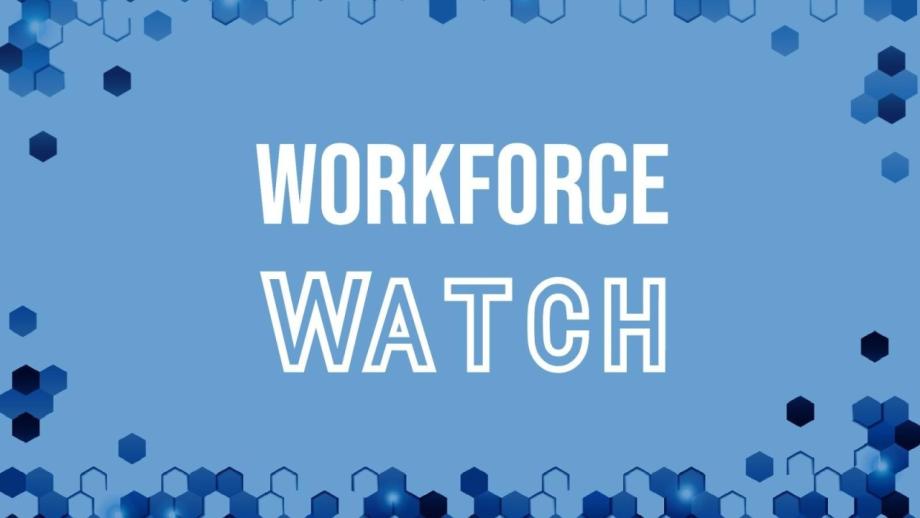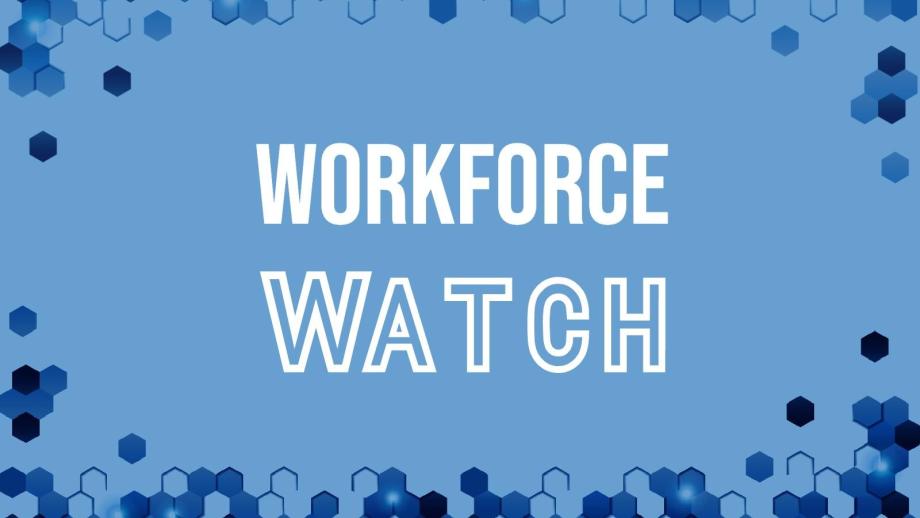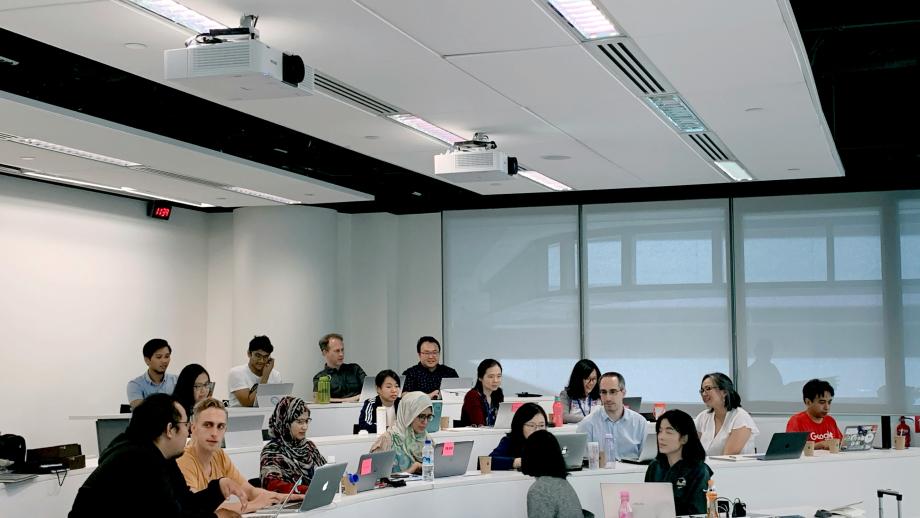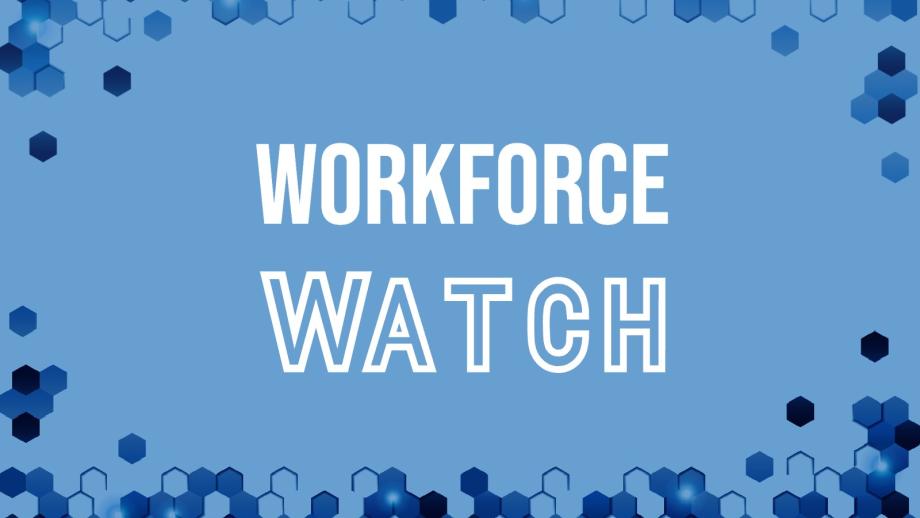In December 2022, the Business-Higher Education Forum, in partnership with Wiley and the Burning Glass Institute, released the report How Skills are Disrupting Work, identifying the most disruptive and emerging skills reshaping industries. The report highlighted four key skill clusters: Artificial Intelligence/Machine Learning (AI/ML), Cloud Computing, Product Management, and Social Media. These skills were predicted to impact a diverse set of industries and job roles.
Two years later, our prediction about AI/ML has certainly proven accurate—it's been at the top of conversation across business, higher education, and workforce development in nearly every sector. But what about the other skills we identified? How have they shaped the labor market since then?
Revisiting Cloud Computing
Background: Rather than using local hardware, the cloud is an online ecosystem of remote servers that store data, run applications, and deliver content like video and music streaming. Someone “in cloud computing” may design, implement, or manage cloud-based infrastructure, application, and services. In 2006, large tech companies began launching cloud solutions, with some dating its origination back to the 1960s.
Over the past ten years, cloud computing, as a percentage of national job postings, has been on the rise. There was a jump in job postings requesting cloud computing skills in 2022, just as the How Skills Are Disrupting Work report was being released. There was a decline in job postings requesting cloud computing skills from late 2022 to late 2023. However, since then, job postings requesting cloud computing skills have been back on the rise, according to a BHEF analysis of Lightcast job postings.
Over the past 12 months, 1.12% of national job postings requested cloud computing skills. The demand for these skills is particularly concentrated in high-tech regions such as Washington D.C. (3.55% of state job postings), Virginia (3.20% of state job postings), Maryland (1.95% of state job postings), and Washington State (1.83% of state job postings). Even states like Vermont (1.97% of state job postings) and Delaware (2.34% of state job postings)—not traditionally known for their tech industries—also rank highly in cloud computing demand.
*BHEF Analysis of Lightcast Job Postings 2024
Yet, if we look back to 2022, 1.53% of job postings nationwide called for cloud computing skills—a noticeable difference from where we stand today. So, what explains the softening in volume of job postings that signal cloud computing skills in that year, and why are they back on the rise?
Could the hiring slowdown among major tech companies be a factor?
In January of 2024, almost 25,000 tech workers were laid off across about 100 tech companies. This could be due to smaller tech companies running out of money, larger tech firms hoping to help drive up stock prices, or simply because it is the new normal. As rapidly as tech is changing, companies are opting to reduce full-time tech hiring and focusing on contracting tech talent to meet their immediate challenges and focus on emerging tech. So, yes, this could be a factor, but tech hiring trends are predicted to improve. In a recent PwC Pulse Survey, 58% of CFOs said that “they’re spending more time on tech investment and implementation compared to a year ago.” And there were almost 9,000 more job postings in October of 2024 for cloud computing compared to September of 2024, according to Lightcast.
Has the cloud computing talent gap been filled through educational programs and certifications, reducing demand for new talent?
Quantifying the growth of cloud computing graduates over time is challenging, as cloud skills are often integrated into a variety of computer and information science programs rather than distinct tracks. However, enrollment in dedicated cloud computing programs has seen notable growth. In the 2022-2023 academic year, 700 cloud computing degrees were awarded, a 68% increase from the previous year’s total of 400 according to IPEDs data. Beyond specialized programs, cloud computing skills are likely being acquired by graduates from broader computer and information sciences programs which saw 280,000 degrees conferred in 2022-2023, up from 250,000 in 2021-2022. This suggests that the talent pool is growing, but capturing the exact impact on the talent gap remains complex, as cloud skills are often part of diverse, technology-related degree paths.
Additionally, the rise in industry-recognized credentials, badges, and bootcamps is further addressing the talent demand, supplementing traditional degree programs. Business and higher education are actively collaborating to close this gap. For example, Northern Virginia Community College became the first community college to offer an associate degree in cloud computing. In partnership with AWS, the college developed an associate degree in information systems technology with a cloud computing specialization, equipping students with industry validated cloud computing skills and the preparation needed to sit for AWS industry cloud certifications.
Is the rise of new technologies like AI or quantum computing shifting employer focus?
The answer is partly yes, but these technologies are interconnected. AI and other advanced technologies require large amounts of power, and tech companies are encountering data center capacity constraints. In response, companies like Microsoft have been making substantial investments—reportedly allocating $20 billion per quarter to expand their data center infrastructure. With the rapid pace of technology evolution, cloud platforms are incorporating new features such as AI and machine learning, which requires a skilled workforce to develop, monitor, and keep secure. And recent reports say that the cloud computing market is expected to grow: “The global cloud computing market size was estimated at USD 602.31 billion in 2023 and is expected to grow at a CAGR of 21.2% from 2024 to 2030.” This growth shows an ongoing demand for cloud solutions capable of supporting these emerging technologies.
Looking Ahead
This pivot with cloud computing highlights a larger trend: the growing interconnection of different sectors driven by emerging technologies. The rise of AI and the potential impact of quantum computing are reshaping traditional IT and computer science roles, creating a need for talent with broader and more integrated skill sets. To stay relevant, existing IT and computer science professionals will likely need to upskill, gaining competencies across a range of new technologies. At the same time, new talent entering the workforce will require training that spans multiple tech domains—including cloud computing, AI, cybersecurity, and data management—to meet the changing needs of the workforce. For higher education, the push will be to equip learners with in-demand interdisciplinary foundational skills and keep pace with industry change. Employers need to be more flexible and forward-thinking than ever in their hiring and workforce development strategies to bridge the emerging skills gaps.

